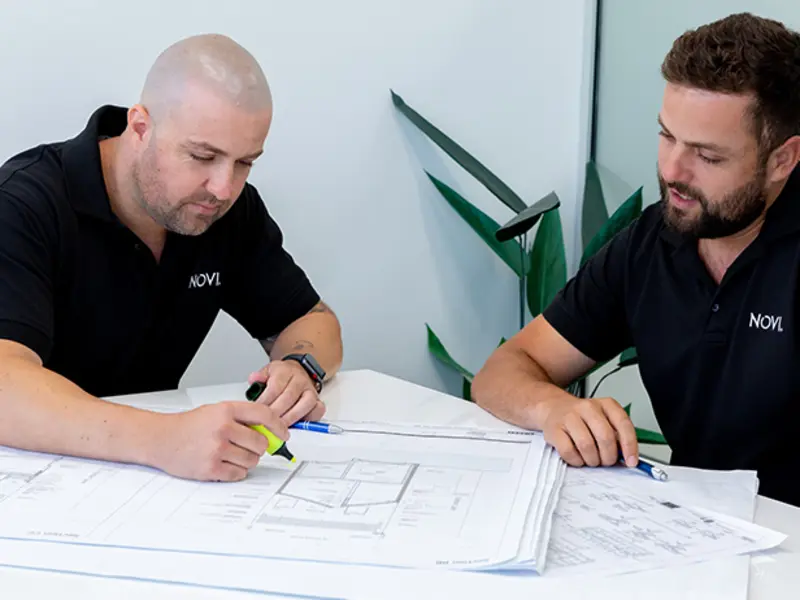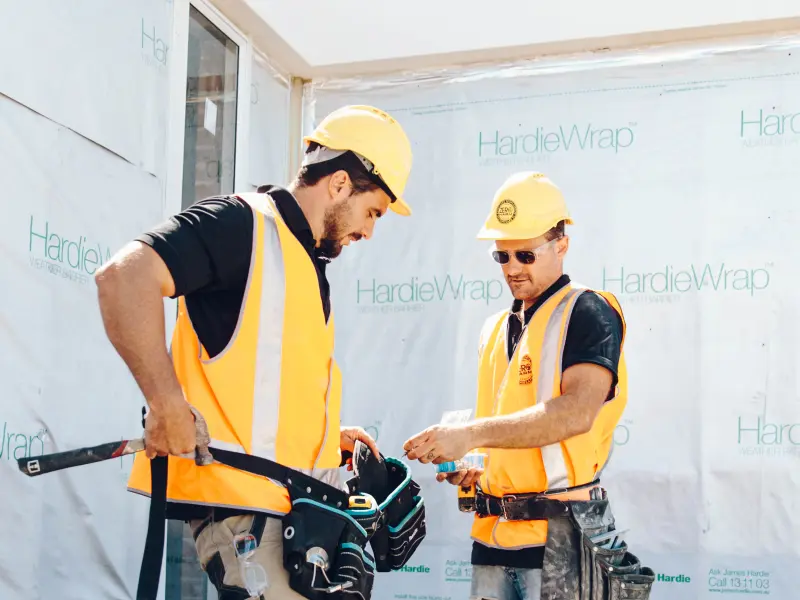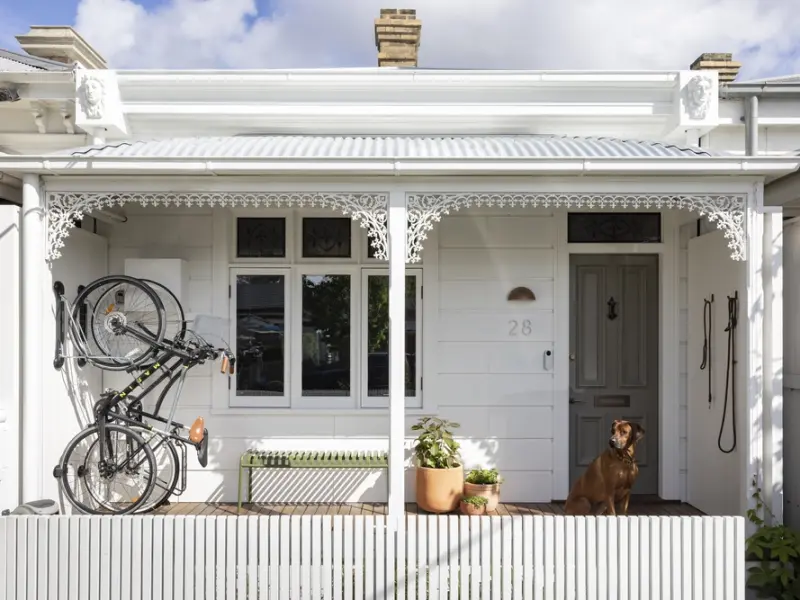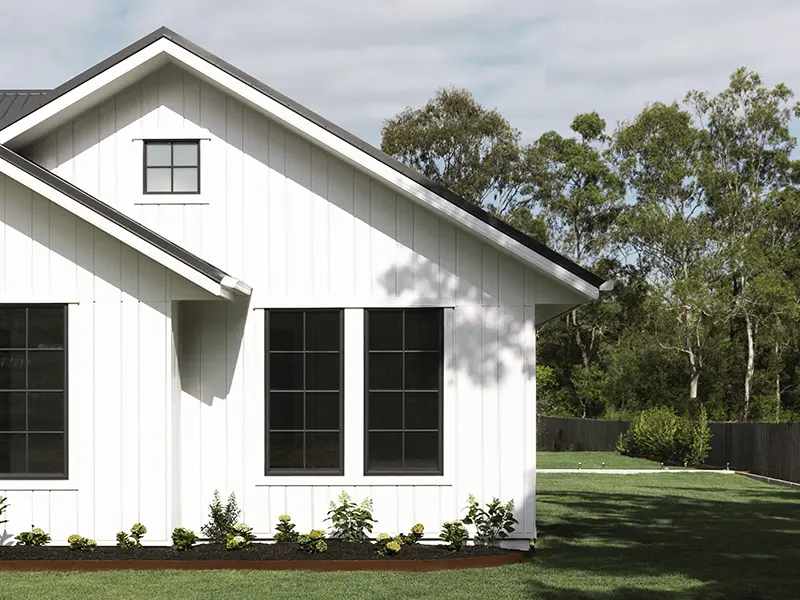
How to ace your building handover inspection: The ultimate checklist
The finishing line is near, and your newly built or renovated house will soon be yours to call home. As the project draws to completion, it’s time to start preparing for a building handover inspection or practical completion inspection, which usually occurs two to three weeks before you officially get the keys.
This is your last chance to check that the property meets your standards and is built according to plan, and one of your final opportunities to liaise with your builder and/or site supervisor about any defects or flaws.
As Rebeka Morgan, founder and director of BuildHer Collective, points out, there will still likely be some outstanding work to complete at this stage – but armed with our checklist, you can walk through the house and communicate any concerns with confidence, clarity and ease.
What to bring to the building handover inspection
Your phone, to photograph any imperfections
A copy of your master plans, architect’s drawings and building contract
An electric device (such as your phone charger) to plug into the power sockets, plus light bulbs if you want to test the light fittings
A bright torch to highlight any defects, and good-quality masking tape to mark them for your builder
Your Building Handover Checklist (see below)
How to ace your building handover inspection
Remember: the more thorough you are, the better. It will be easier (and cheaper) to deal with defects now than down the track post-handover, so take your time inspecting each space.
In general, you want to check that all surfaces, fixtures and fittings are free of damage, damp, cracking and sagging, and that doors and windows open and close smoothly. Ensure that all electrics, light switches and power points are functioning, and examine wet areas for cracks and leaks. See our Building Handover Checklist below for a more extensive guide.
If you’re feeling daunted by the process, you could hire a professional building inspector or consultant to join you. But don’t be afraid to use your voice; ask questions freely and politely but firmly raise your concerns if you believe you’ve found a defect. The best home builders will be keen to fix any issues and ensure they leave the job 100 percent complete.
Your Building Handover Checklist
Print this out, pack a pen and get set to inspect your future home.
Exterior
Is the exterior cladding, render or brickwork free from damage and defects?
Is the paint on all surfaces free from damage and cracks?
Are appropriate accessories installed, including the letterbox and street number?
Have all pipes and vents been safely covered and protected?
Is decking or exterior flooring well-laid?
Can water drain freely off the deck or balcony?
Are fences properly installed and free from damage?
Are retaining walls installed safely and securely?
External utilities
Does the electricity meter box work properly?
Do external light switches and power points function properly and safely?
Are water tanks securely and safely installed?
Are outdoor faucets free from damage?
Are all pipes properly protected?
Roofing and protection
Are tiles secure?
Are all elements, such as pipes and gutters, securely installed and free from damage?
Do vents and pipes have appropriate covering?
Is insulation installed?
Is termite protection correctly installed?
Doors and windows
Do doors and windows open and close smoothly?
Are handles and knobs in good working order?
Are hinges properly fixed?
Do locks and keys work properly?
Are flyscreens installed securely?
Are window frames properly fixed?
Are windows clean and windowsills properly painted?
Walls and paint
Is the paint smooth and free from bubbles, marks, chips or damage?
Is the ceiling consistently level and free from damage?
Are the cornices, skirting and architraves free from damage, gaps or plaster defects?
Flooring
Is the flooring flat and smooth?
Is the floor free from cracks, scratches or damage?
Are carpet joins neat?
Are tiles free from cracks and chips?
Is grout free from cracks and holes?
Electrical
Are all light switches working?
Are lightbulb fittings correct and working?
Are sufficient power points installed and working?
Is the TV antenna installed?
Are cooling/heating systems working?
Are fire alarms working?
Is the security system or intercom working?
Plumbing, bathrooms and wet areas
Does all tapware work?
Are the sink and shower free from leaks?
Is the shower screen sealed?
Does the sink and/or bath plug work?
Does water drain properly?
Do toilets flush and drain properly?
Are towel rails and the toilet paper holder installed and secure?
Do fans and ventilation function correctly?
Do cabinet doors open and close properly?
Kitchen
Do the oven, stove and other large appliances work?
Does the exhaust work properly?
Are gas lines safely connected?
Does all tapware work?
Is the sink free from damage and leaks?
Does the sink plug work?
Do cabinet doors open and close properly?
The best way to avoid flaws and defects at handover stage is to have a strong team and plan in place from the start. For more resources for your home build or renovation, download our Home Renovation Guide below, and check out the full range of James Hardie products to ensure your home’s exterior is durable and high-quality.
Renovation Guide
With the right help and advice, you can make decisions confidently, ensuring your home will be magnificent in years to come. Our Renovation Guide can help steer you through every stage in the process to help you achieve the renovation you’ve been dreaming of. Get a copy of the James Hardie Renovation Guide now.

Product Catalogue
Hardie™ Product Catalogue is a comprehensive guide for fibre cement products and accessories by James Hardie. The catalogue details the product appearance, simple to follow descriptions, and recommended best usage for building and construction. It contains product specifications across the total range, including accessories to deliver a great result.












